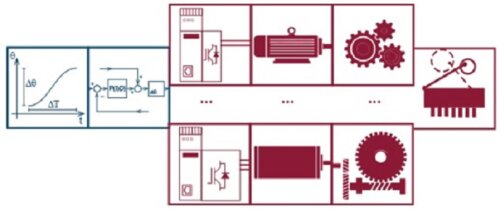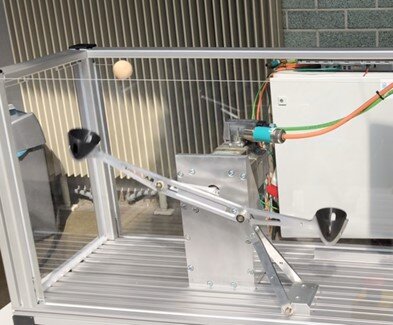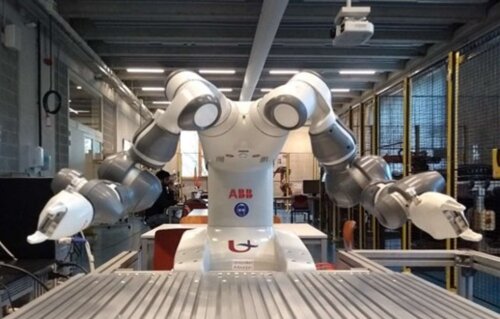Courses for Electromechanical Engineering Technology
Available for exchange students
Although we do not offer a full English programme, we have welcomed an increasing amount of electromechanical engineering students in the past few years through the Erasmus+ programme for study, for projects, traineeships or for a combination of both, study and project.
The information on this page will help you to prepare your exchange programme.
Master students: Winter Semester
In the winter semester (end September - January) you can expand your knowledge on robotics, motion control, and optimal design in mechatronics. The courses provided are supported by state-of-the-art research in motion of machinery components. Everything from electrical drives and motors up to mechanical design and optimization is covered in these courses. Moreover, the management course focusses on Industry 4.0 and the essential technology enablers in that field.
Go to the overview of courses and projects offered in English.
Master students: Spring Semester
The spring semester (February - June) focusses on vision. Typically, the program is extended with a project in one of our research labs on motion control, virtual engineering or vision.
You can also opt to take an exciting project with one of our research groups on motion control, virtual engineering and vision. Some examples of master thesis can be found bellow, for more details see:
Optimization through Virtual Engineering
We want to develop tools that enable the optimisation of machines.

This allows machines to be driven to the limits in order to increase machine productivity and reduce the total cost of ownership. Optimizing a machine is a process in which we first analyse the various design possibilities. After this, we look further at optimal selection possibilities of the drive train.

The purpose of such Master's thesis is to design, fully expand, assemble and test an attractive demonstrator. The thesis will therefore not be limited to carrying out simulations and using computer tools. The ultimate goal is to validate all findings and simulation results by building a machine (e.g. a ball thrower, a corona fan,...) and demonstrate possible improvement through measurement results.
A graphical oriented approach to improve the programmability of a robotic system
Industrial manufacturers are constantly looking to increase the degree of automation of their plants by searching for valid alternatives and supports for human workers.

One of the most important aspects is the interaction between robot and its environment and implicit the flexibility/modularity of robot programming. A key to improve the programmability of the control code is to investigate the possibility of robot programming by using drawings or images. In fact, using a graphic oriented programming method can save programming time and allow to perform highly elaborated trajectories. The main idea introduced here is to compute a goal-path for the robot using visual features extracted from an image. Using object features from an image is an extremely powerful tool to improve the degree of automation of a robotic system and to enable a ’free’ motion planning phase.
Go to the overview of courses and projects offered in English.
Students Aude and Abdel lead you through the labs of Electromechanical Engineering Technology
subtitles in English available via (c) button right under
